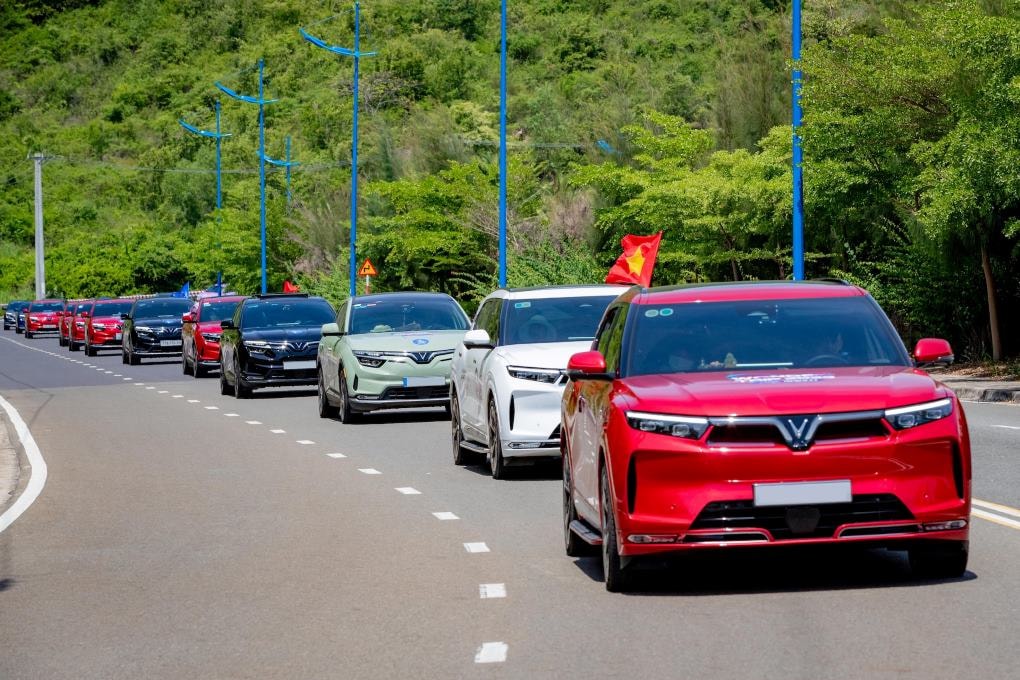The range of an electric car, or how far it can travel on a single charge, doesn't just depend on the battery capacity. In fact, many different factors can affect this figure.
For example, extreme heat or cold can make a battery less efficient. The size, type of tires, weight of the vehicle, the number of passengers and cargo it carries also contribute to energy consumption. Even seemingly small details like wheel size or aerodynamic shape can make a significant difference.
Like gasoline-powered cars, electric cars have to contend with physical forces as they move—from wind resistance, rolling resistance to gravity when climbing hills. Speed, in particular, is the biggest battery drain. The faster you drive, the more air resistance there is, which means the car has to use more energy to maintain speed. This reduces range dramatically.

To achieve the ideal driving range, you need not only a large battery capacity, but also a steady speed, ideal road conditions, and minimal energy loss factors. Even the electric car with the best operating range according to the US Environmental Protection Agency (EPA) in 2025 cannot avoid these natural laws of physics.
What speed will help electric cars save the most battery?
To answer this question, Car and Driver magazine conducted a real-world test with three models, including two electric cars, the Lucid Air sedan and the Kia EV9 SUV, and a gasoline-powered Subaru Forester as a control. The goal was to test how speed affects the distance an electric car can travel on a single charge.
The EVs tested had varying EPA-rated driving ranges, depending on the trim level. But the results showed a clear trend: the higher the speed, the more range was reduced.
For example, at around 35 mph, the average city speed, the Lucid Air sedan offers a claimed range of around 480 miles. But when you accelerate to around 55 mph, that number drops to 370 miles, a loss of over 100 miles just because you’re going faster. If you continue to speed up to around 75 mph, the range drops to around 290 miles, a 23% loss.
Notably, when tested at a speed of about 153 km/h, the remaining range was reduced by another 24%, to only about 355 km, less than half of the speed at about 56 km/h. Meanwhile, the Kia EV9 SUV with a less aerodynamic design had an even more serious decline.
This test clearly shows that the faster an electric vehicle goes, the more energy it consumes, and the range it can travel will be significantly reduced. This is an important factor that users need to consider if they want to optimize the operating range of each trip, especially on long routes.
Source: https://baonghean.vn/lai-xe-o-toc-do-nao-giup-o-to-dien-tiet-kiem-pin-nhat-10304132.html
































![[Photo] An Phu intersection project connecting Ho Chi Minh City-Long Thanh-Dau Giay expressway behind schedule](https://vstatic.vietnam.vn/vietnam/resource/IMAGE/2025/8/21/1ad80e9dd8944150bb72e6c49ecc7e08)































![[Photo] Politburo works with the Standing Committee of Hanoi Party Committee and Ho Chi Minh City Party Committee](https://vstatic.vietnam.vn/vietnam/resource/IMAGE/2025/8/21/4f3460337a6045e7847d50d38704355d)

































Comment (0)